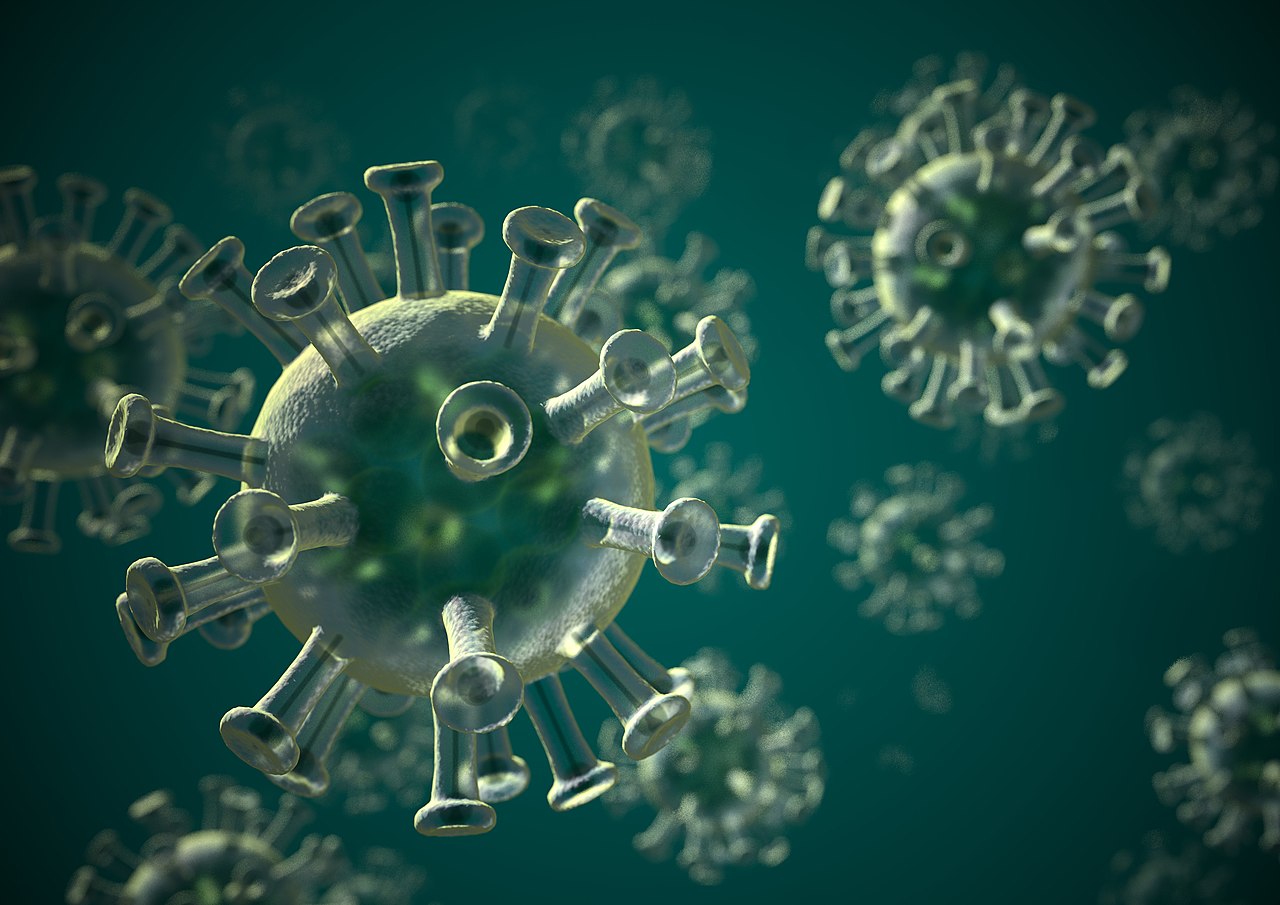Media release
Predicting where new coronaviruses might come from
The potential scale of novel coronavirus generation in wild and domesticated animals may have been highly underappreciated, suggests a machine-learning study published in Nature Communications. The paper identifies mammals that are potential hosts for new strains of coronavirus, including species implicated in previous outbreaks (such as horseshoe bats, palm civets and pangolins) and some novel candidates. Predicting which animals could potentially be the source of a future coronavirus outbreak may guide approaches to reduce the risk of emergence in human populations.
New coronaviruses can emerge when two different strains co-infect an animal, causing the viral genetic material to recombine. Our understanding of how susceptible different mammals are to different coronaviruses has been limited; such information could offer insights into where recombination might occur. Maya Wardeh and colleagues sought to bridge this gap in our knowledge using a machine-learning approach to predict relationships between 411 strains of coronavirus and 876 potential mammalian host species.
The authors predict the mammals that are most likely to be co-infected, and therefore be potential recombination hosts for the production of novel coronaviruses. Their analyses suggest that there are at least 11 times more associations between mammalian species and coronavirus strains than empirical observations have so far demonstrated. In addition, they estimate that there are over 40 times more mammal species with four or more coronavirus strains than has previously been observed. For example, the Asian palm civet and greater horseshoe bat are predicted to be host to 32 and 68 different coronaviruses, respectively. The authors also identify hosts in which SARS-CoV-2 recombination could occur, and indicate that there may be 30 times more host species than currently known that have the potential to harbour new strains of SARS-CoV-2. Notable new predicted hosts in which SARS-CoV-2 might potentially recombine with other coronaviruses include the common hedgehog, the European rabbit and the dromedary camel.
The authors acknowledge that their results draw on limited data on coronavirus genomes and virus-host associations, and that there are study biases for certain animal species, all of which present uncertainty in the predictions. However, the identification of potentially high-risk species for the generation of new strains of coronavirus may assist surveillance efforts, which could help inform prevention and mitigation strategies and provide an early warning system for future novel coronaviruses, the authors conclude.


